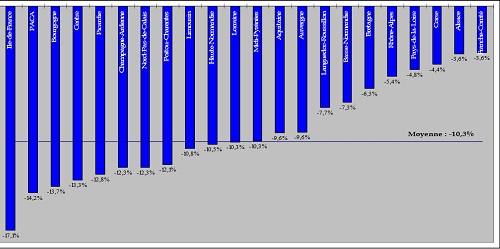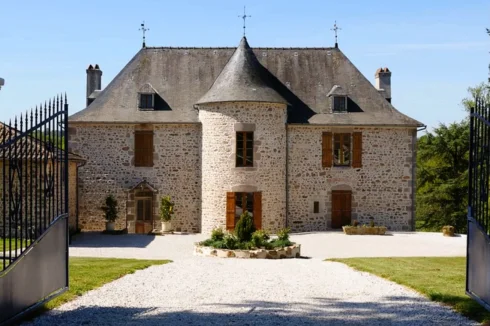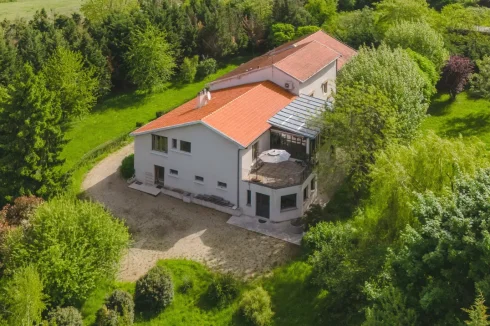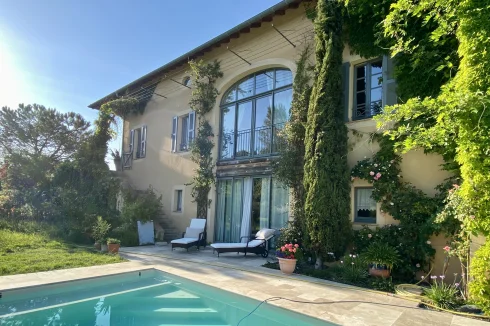Is there a Doctor Shortage in France?
Thursday 03 December 2015
A new report claims there is a growing shortage of medical doctors in many areas of France, although some perspective is probably needed on that assessment.
Last month the professional association of doctors in France, the Conseil national de l’ordre des médecins (CNOM), published their annual 'Atlas de la démographie médicale en France', providing a snapshot of the number and distribution of doctors across the country.
The authors state that, despite the fact that France has never been blessed with so many doctors, "les territoires se vident de leurs médecins."
That seemingly contradictory statement was held together by qualifying the shortages to certain areas and disciplines, giving rise to inequality between different areas of the country.
As to the total number of doctors in France, the report is a little unclear, as there are different figures based on a range of definitions.
The best that can be said are that there are around 191,000 practicing doctors (including hospital consultants) in mainland France, a figure that had increased by 92% since 1979 and which has been broadly static since 2007.
The report forecasts the doctor count will fall very marginally up to 2025, during which time the population will increase by over 2 million inhabitants.
The fall in the number of doctors over this period is due to the high number who will be reaching the age of retirement and to the reduction in the number of new entrants and graduates from medical schools.
In recent years the government have increased the level of admissions to medical schools, but the increased intake will not fully compensate for the number reaching retirement age.
The authors state that the density level of practicising doctors dispensing medicine to patients in mainland France is 281.4 doctors per 100,000 inhabitants.
This is a controversial number for it is rather lower than the published figure used by the French government, who claim 337 doctors per 100,000 population, a figure that is also widely used in worldwide comparisons.
CONM do not provide a clear explanation of their own calculation, although it is believed to exclude doctors working in an administrative capacity or undertaking research. However, such is the scale of the difference that it is likely both sides have settled on their own definition in order to make a point.
By way of comparison, the density level in the UK is 280/100,000, an average that varies substantially across the country, as it does in France.
At a regional level in France Picardy has the lowest average density, with 230.9 doctors per 100,000 inhabitants, whilst the region of Provence-Alpes-Côte d'Azur is the best off with 352/100,000.
The southern regions, Alsace and the Ile de France have the largest density of doctors, as can be seen from the following table.

Drill down and there are more significant variations, with a substantial number of 'déserts médicaux' across the country.
At a departmental level, the average density in 2015 is 226/100,000, down from an average of 275/100,000 in 2007.
However, whilst many departments have seen a fall in the number of doctors, in some cases there has been an increase, such as in the Loire-Atlantique (Pay-de-la-Loire region), where the density level has risen from 280/100,000 in 2007 to 303/100,000 in 2015.
Similarly in Haut-Savoie the density level has increased from 252/100,000 in 2007 to 271/100,000 today.
The report states that 37 departments have a 'strong' density of doctors, which they define as greater than 282 doctors per 100,000 population; ten departments have an 'average' density of 251 to 282 doctors per 100,000 population, whilst half the departments have a 'low' density, between 167 and 251 per 100,000 population.
The department of Eure in Normandy has the lowest density of doctors, with 167/100,000. At the other end of the scale, Paris has the strongest density, with 678/100,000.
General Practitioners
In a particular examination of GP levels the report states that there are 58,104 GPs in an 'activité régulière' in the country, a fall of 10.3% since 2007. The authors consider the number will continue to fall over the next few years to reach 54,179 by 2020.
To some degree or another the fall over the period 2007/15 has occurred right across the country, with the largest fall of 17.1% occurring in the Ile de France region. Lowest fall of 3.6% occurred in the Franche Comté and Alsace regions.
The table below gives the percentage fall for each administrative region.

As a result, the report states that nationally the density of GPs has fallen from 100.1 per 100,000 population in 2007 to 88.7/100,000 in 2015.
Once again, all regions have been affected by the reduction, with the largest occurring in the Ile de France, where the density has fallen from 88.7/100,000 in 2007 to 73/100,000 in 2015. By contrast, the density levels remained relatively static in Franche Comté and Alsace.
The following table shows the position for all regions in France.

Up to date comparative figures for the rest of Europe are not readily available, but NHS figures show there are around 43,000 GPs practising in the UK (58,000 in France), with density levels a regional basis ranging from around 63/100,000 to 79/100,000, with more localised variations.
In a related comparison of hospital beds, the study shows France has 6.3 beds per 1,000 population; in the UK the density level is 2.8/1,000.
If you wish to find out more detailed figures for France you can use an interactive map to drill down by medical discipline and administrative area.
Related Reading:
Next Article: Holiday Apartment Investments Under Scrutiny
Thank you for showing an interest in our News section.
Our News section is no longer being published although our catalogue of articles remains in place.
If you found our News useful, please have a look at France Insider, our subscription based News service with in-depth analysis, or our authoritative Guides to France.
If you require advice and assistance with the purchase of French property and moving to France, then take a look at the France Insider Property Clinic.





